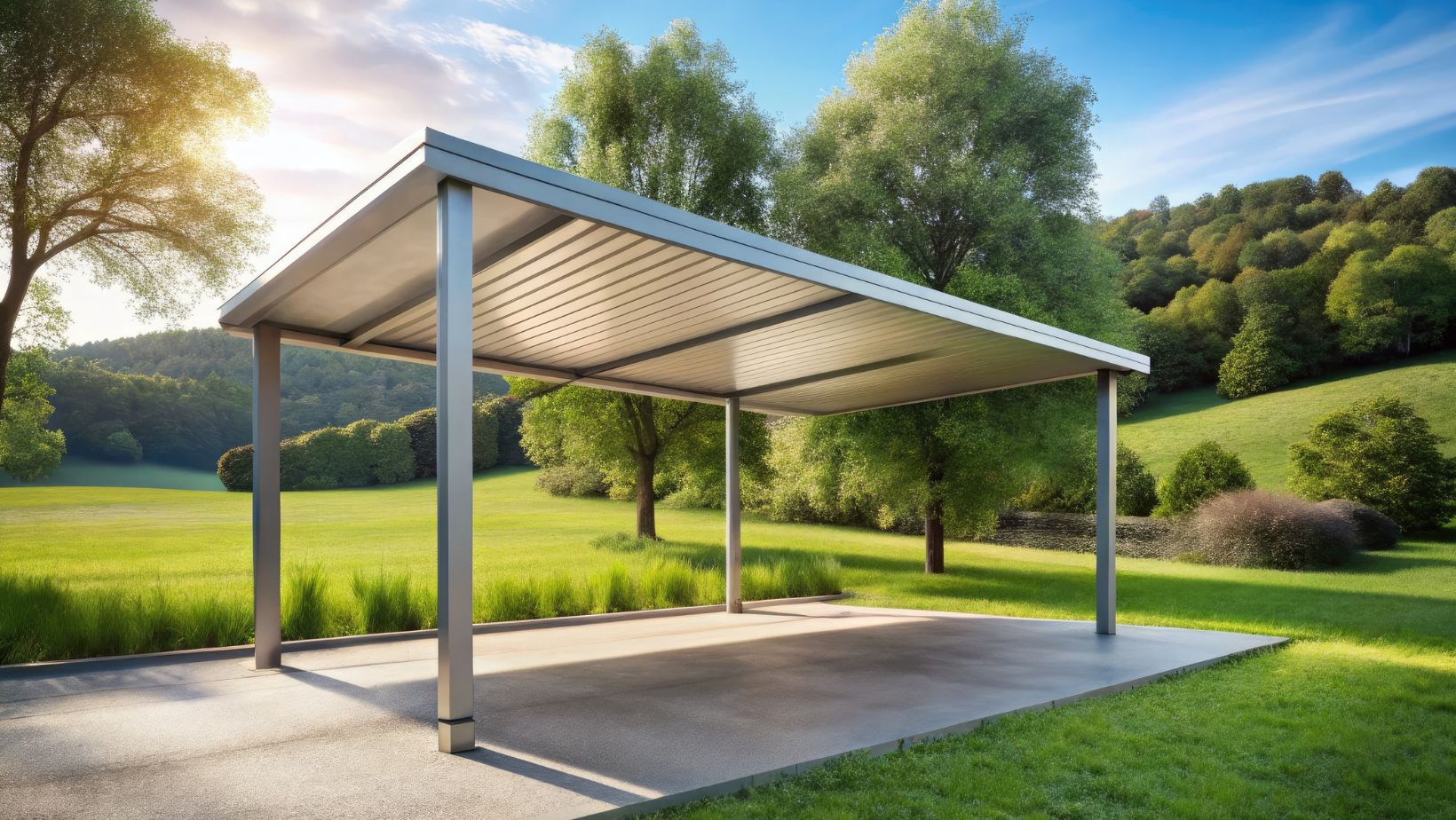Urban living in compact cities often means smaller homes with fewer outdoor spaces. At the same time, safety concerns—like hard-edged furniture or unprotected electrical outlets that require the service of a Niceville FL electrician—can make it challenging to balance functionality and childproofing. While a home should be a sanctuary for every family member, it can be difficult to transform it into one under these circumstances.
The good news? With thoughtful design choices and innovative solutions, any home can become a kid-friendly haven. This guide will show you how. Continue reading to learn more!
Designing Safe and Functional Communal Spaces
The heart of any kid-friendly home lies in its communal spaces, where family members gather for meals, games, and social interaction. A sturdy dining table that can withstand daily use is a key component, while a coffee table with rounded edges helps prevent accidents. For added fun, consider a ping-pong table that doubles as a gathering spot.
If you’re considering a larger renovation, a custom metal building could provide additional space for a playroom or a dedicated space for hobbies. Durable materials can handle the typical wear and tear to be expected of families with children.
Creating a Safe and Functional Home for Children: Essential Decor Elements
Designing a child-friendly home requires thoughtful planning that balances safety, functionality, and style. Incorporate these key elements into your decor to create a space that fosters your child’s development while giving you peace of mind:
1. Smart Storage Solutions
Keep your home organized and hazard-free with clever storage options. Utilize multi-functional furniture like ottomans with hidden compartments, under-bed storage bins, and built-in shelving units. This not only minimizes clutter that could cause trips and falls but also makes cleanup easier. Consider wall-mounted bookshelves and toy organizers with secure fastenings to prevent tipping accidents.
2. Durable, Child-Friendly Fabrics
Select furniture with performance fabrics that withstand daily wear and tear. Look for stain-resistant, machine-washable upholstery for sofas and chairs.

Leather or microfiber options are excellent choices as they’re easy to wipe clean. For window treatments, choose cordless blinds or motorized shades to eliminate strangulation hazards.
3. Water Safety Measures
Install a point-of-use water filtration system to ensure your child always has access to clean drinking water. Consider adding a child-height water dispenser in the kitchen, and always check that water heaters are set below 120°F to prevent scalding.
4. Electrical Safety Upgrades
Childproof all electrical outlets with sliding safety covers or tamper-resistant receptacles. Use cord organizers to keep appliance wires out of reach, and consider installing night lights with automatic sensors to provide safe illumination without exposed bulbs.
By thoughtfully implementing these design elements, you’ll create a home environment that grows with your child – one that’s as safe as it is comfortable and stylish. Remember, the most successful child-friendly designs are those that work seamlessly with your family’s lifestyle while anticipating potential hazards before they become problems.
Incorporating Playful Design and Green Spaces
A kid-friendly interior design should include playful elements that stimulate creativity while maintaining elegant decor. Consider a dedicated space for arts and crafts or a reading nook with soft lighting.
For homes with outdoor spaces, an outdoor playground or a small garden can encourage kids to spend more time outside. Green spaces boost both physical and mental well-being, offering urban dwellers active recreation areas and peaceful natural retreats from city life.

Versatile Room Concepts
Transform single-purpose rooms into multi-functional spaces that grow with your family. A guest bedroom can serve double duty as a home office during the day, complete with a comfortable nursing chair for feeding infants. Consider installing Murphy beds or convertible furniture that easily transitions between adult and child use. Open floor plans with defined activity zones allow for both family togetherness and individual pursuits.
Neighborhood Amenities as Extended Living Space
In family-friendly urban areas, leverage community resources to expand your living environment. Seek out neighborhoods with:
• Well-maintained playgrounds within walking distance
• Pedestrian-friendly streets with traffic calming measures
• Public parks featuring age-appropriate play structures
• Community centers offering indoor play areas during inclement weather
These public spaces effectively become extensions of your home, providing valuable room for children to burn energy and develop social skills.
Making It Work for Your Family
Start by identifying your family’s current and anticipated needs. A play area for toddlers might later become a homework station for school-aged children. That cozy reading nook could evolve into a teen study corner. The key is selecting adaptable elements that can transition smoothly between these purposes.
By embracing this flexible approach to home design, you create spaces that comfortably accommodate your family’s changing dynamics while reducing the need for costly renovations. Thoughtful planning today means your home will remain functional and comfortable through all of childhood’s stages.
Conclusion
Creating a child-friendly urban home is entirely achievable through smart design choices that prioritize safety, adaptability, and community connections. By implementing versatile furniture, safety upgrades, and multi-functional spaces, you can craft a nurturing environment that evolves with your growing family’s needs. Remember, the most successful homes balance practicality with warmth, transforming limited spaces into joyful sanctuaries where memories are made, and every family member flourishes.
